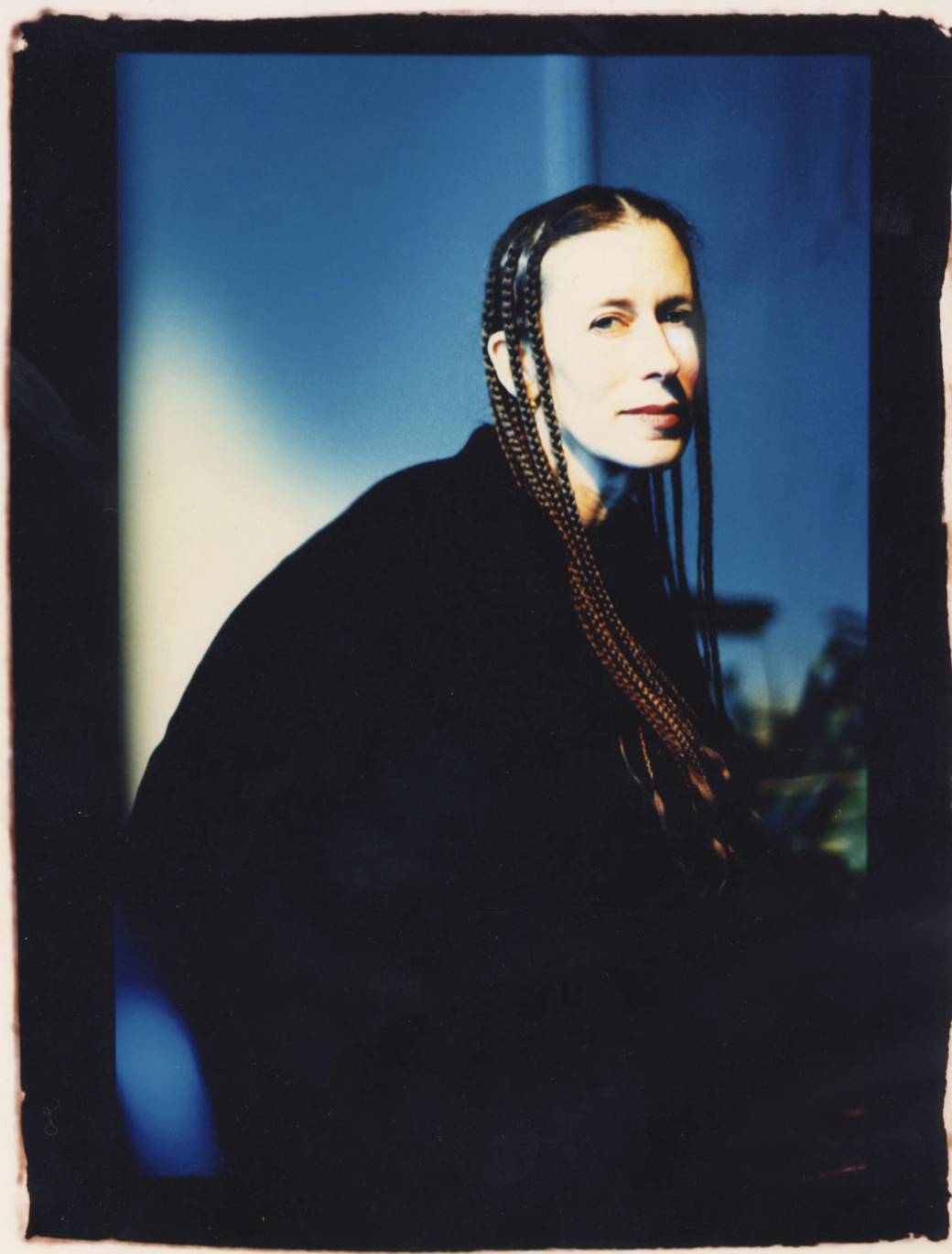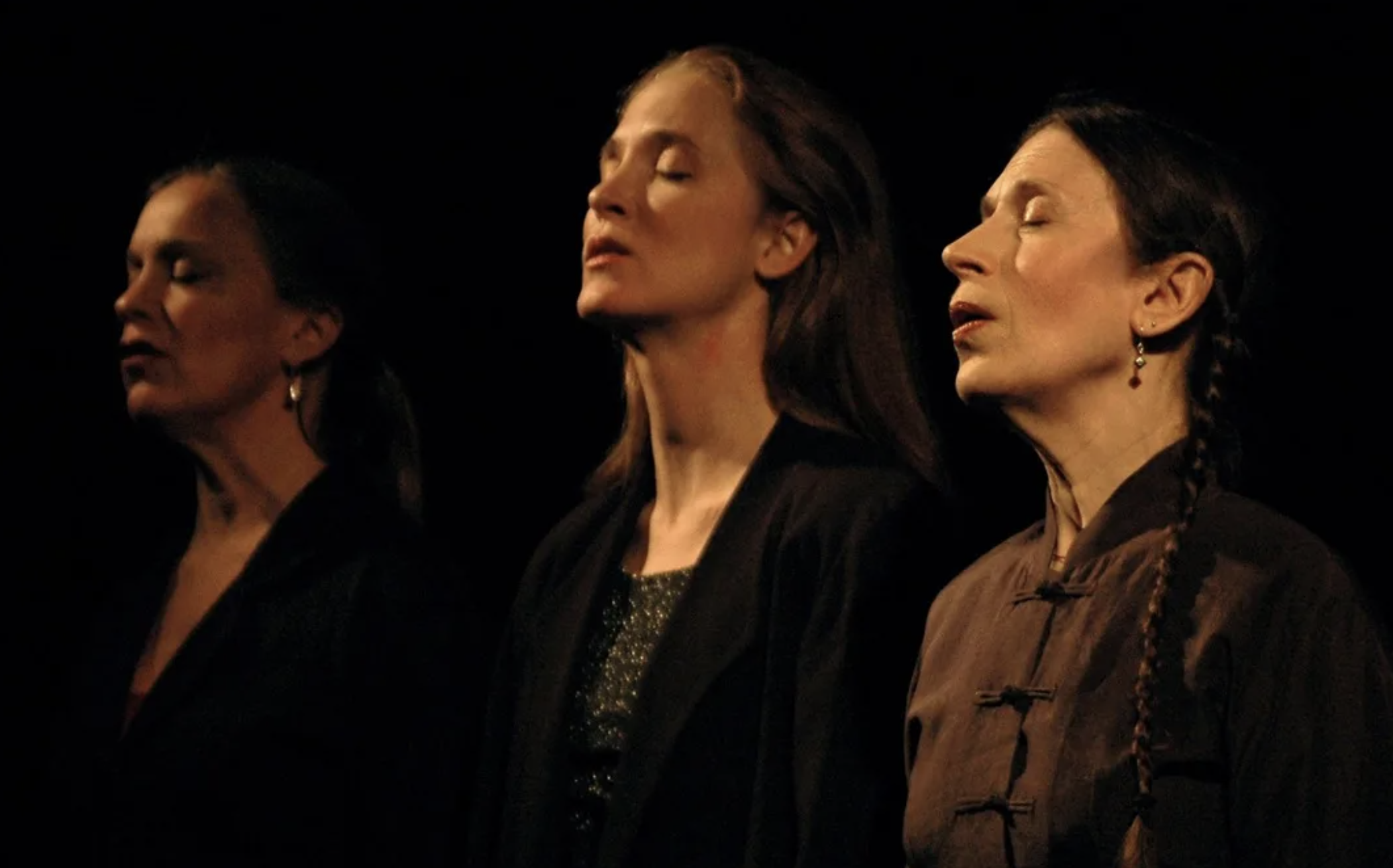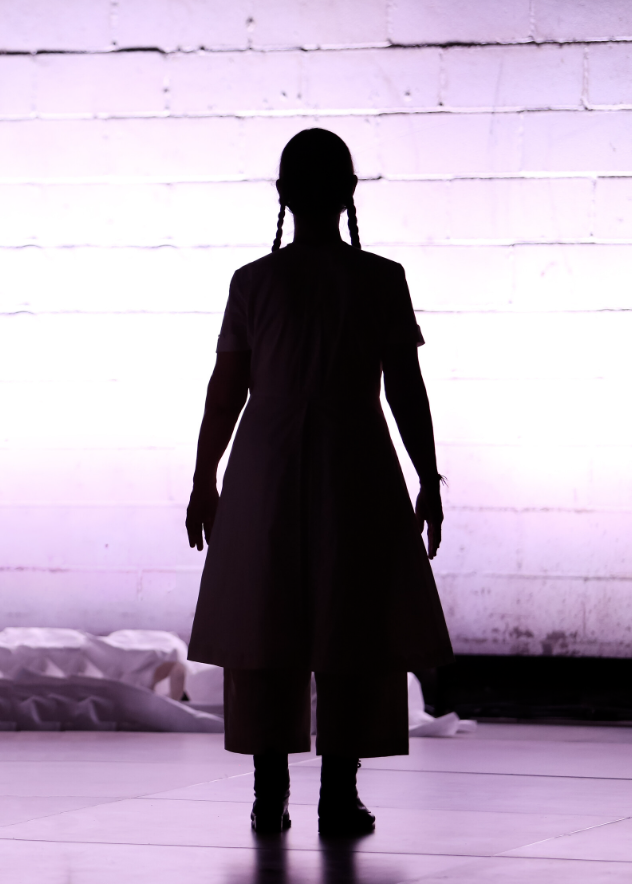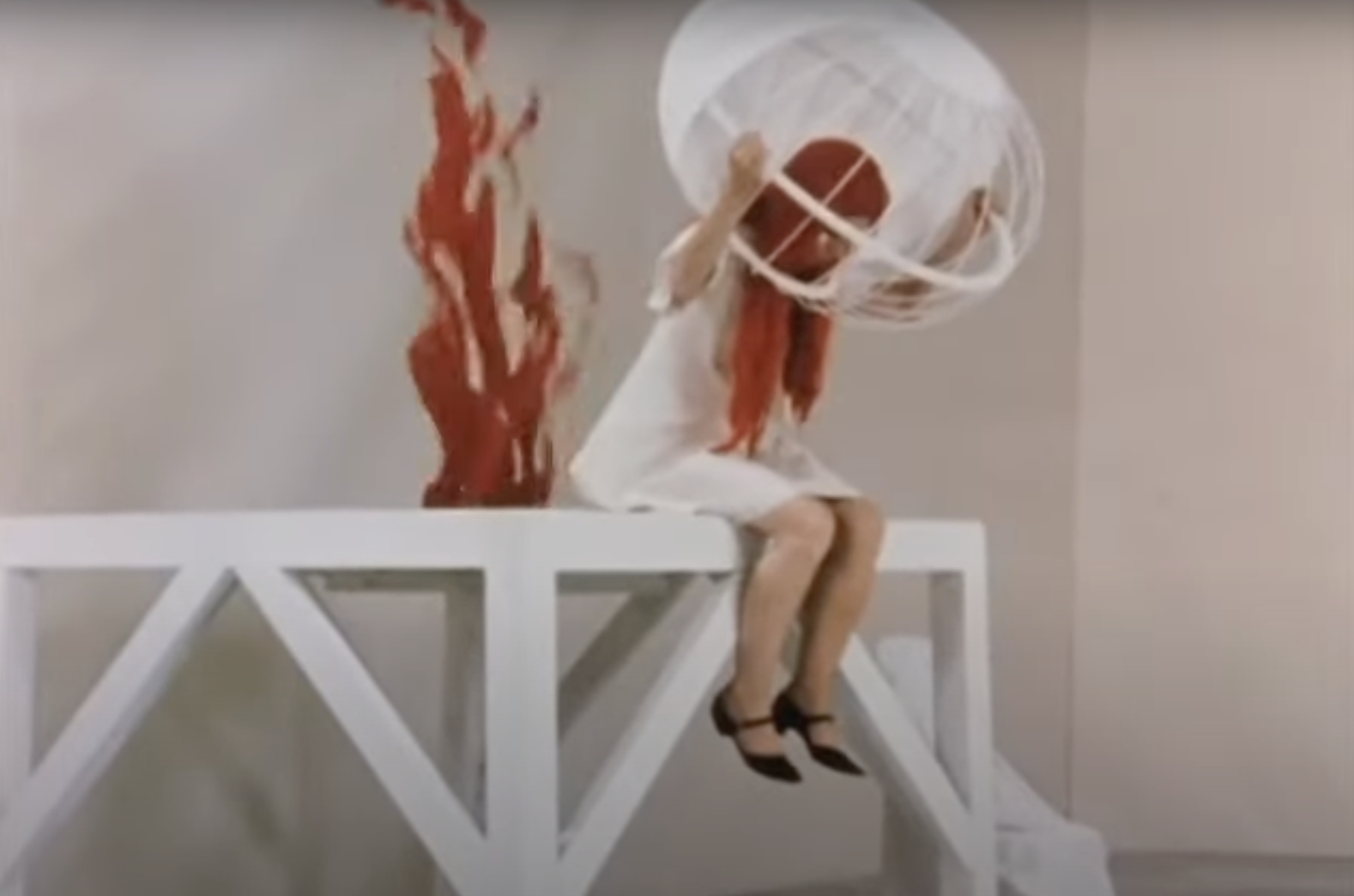Meredith monk
Meredith Monk (she/her), born in 1942, is a singer, composer, director, filmmaker, choreographer, and profoundly interdisciplinary artist whose lifetime of work has propelled her into being one of the most influential artists of our time. Monk’s work seamlessly balances music with movement, light with sound, and images with objects. Her pieces challenge the viewer's concept of memories and perception, and she is most celebrated for pioneering a new genre of musical expression. With over 60 years of experience within the art canon, Monk revolutionized performance art in the '60s and '70s, continuing to influence new generations of live performance artists to this day.
Solo Excerpts for Voice and Piano
Raised in a profoundly musical household, Monk's mother was a well-known singer on various shows and radio jingles, while her grandfather was a professional bass-baritone. At the age of three, Monk began studying piano and Dalcroze Eurhythmics, a teaching method involving musical expression, rhythm, and structure through physical movement. The entirety of her career stems from these early teachings and inspirations.
Meredith Monk & Vocal Ensemble: Excerpts from Ann Hamilton's Tower
Monk pursued studies in dance and music at Sarah Lawrence College. After graduating, she moved to New York City, exhibiting performance work in galleries, churches, and other unconventional spaces including a spiral staircase in a tower. In 1965, while exploring her vocal range, she had an epiphany regarding the concept of voice as an instrument, later known as her creation of the extended vocal technique.
Excerpt from the 16 Millimeter Earrings film (1977) by Robert Withers. Withers' cinematic interpretation rearranges Monk's soundtrack, creating a unique juxtaposition of sound and image distinct from the original, yet effectively capturing the essence of this pivotal work.
Her breakthrough work, "16 Millimeter Earrings" (1966), transcended two-dimensional visuals, audio, and movement into a seamlessly integrated performance piece. Originally presented live, Monk utilized the entire stage, incorporating visuals from film and images, vocals, colors, and textures, all reflected and perceived by the audience.
She established "The House," a company dedicated to experimental performance art and expression. The House Foundation continues to uphold Meredith’s creative practices and foster cultural engagement through music, performances, exhibitions, and educational programs.
Subsequently, in 1978, she founded the Monk and Vocal Ensemble as a novel platform for her vocal expressions, collaborating with other adventurous singers, instrumentalists, and performers. The ensemble has embarked on global tours and contributed recordings to the EMC Record label.
Monk’s work has become larger than life in her countless expressions, performances, albums, and large-scale live performances. She employs her expert disciplines to explore her relationship with existence, nature, connection, sound, and creation. Monk conceives, composes, and directs her performances, involving other movement or vocal artists throughout the process. These pieces are generally specific to the original performance space but can travel and are often filmed for further video installations.
BIBLIOGRAPHY:
Meredith Monk. https://meredithmonk.org/.
"Meredith Monk." MoMA. https://www.moma.org/artists/28725.
"Meredith Monk: Her Life and Music." Boosey & Hawkes. March 1, 2020. https://www.boosey.com/cr/news/Meredith-Monk-Her-Life-and-Music/101561.
"10 Things You Might Not Know About Meredith Monk." Creative Capital. November 10, 2014. https://creative-capital.org/2014/11/10/10-things-know-meredith-monk/.
"Meredith Monk." Cantaloupe Music. https://cantaloupemusic.com/artists/meredith-monk.
“Meredith Monk.” Walker Art. 2024. https://walkerart.org/collections/artists/meredith-monk.
“Meredith Monk.” ECM Records. https://ecmrecords.com/artists/meredith-monk/.
“Mmonkhouse.” Youtube. https://www.youtube.com/@mmonkhouse.






